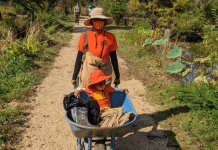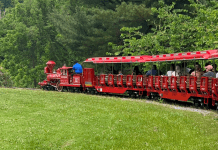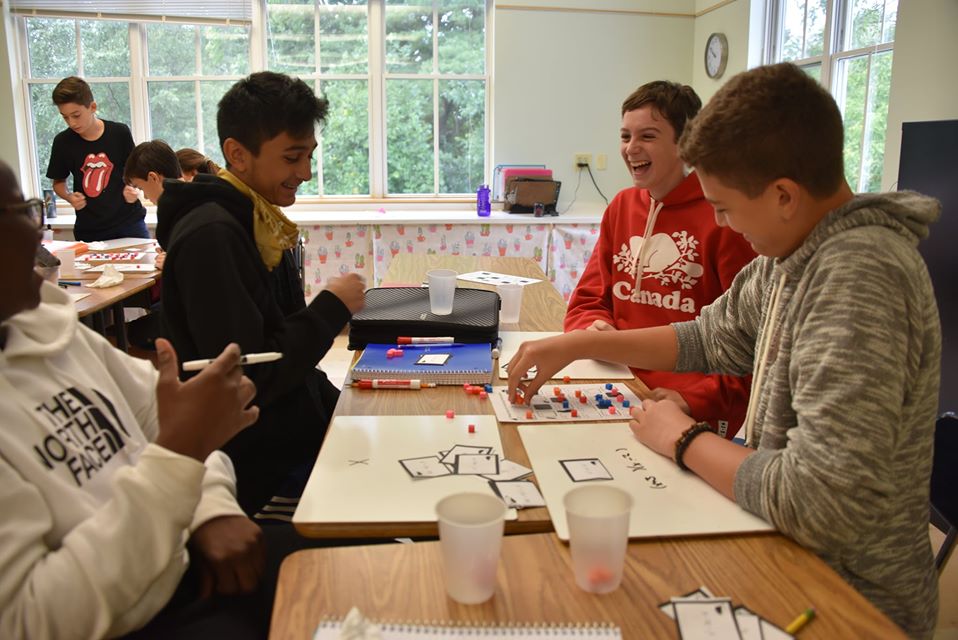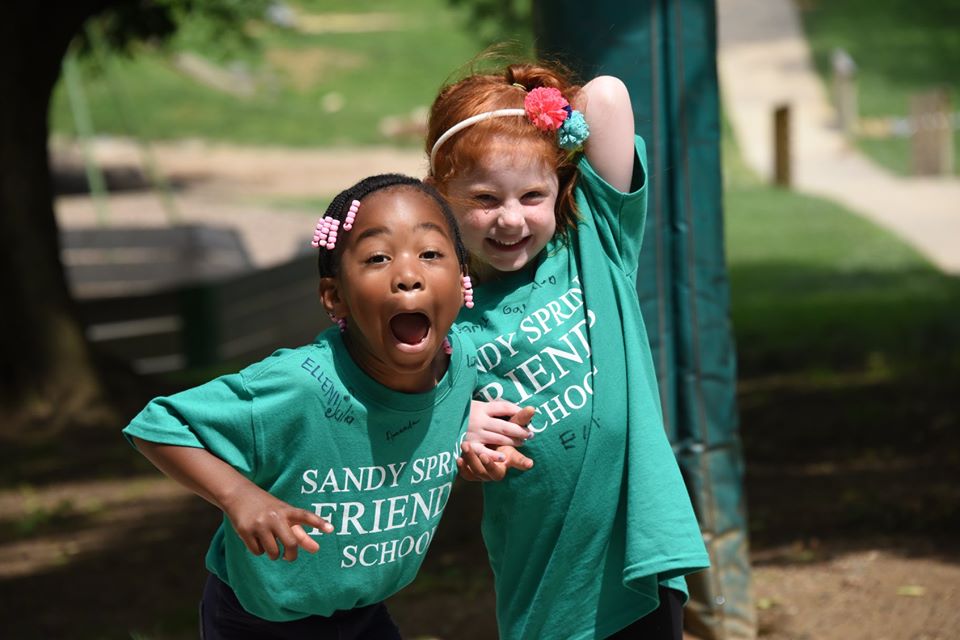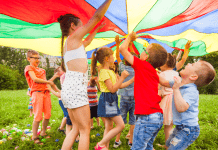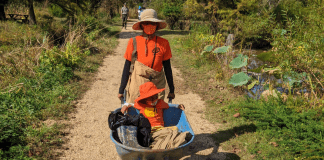When you look back at your school experience, what do you see? For many of us, vivid memories come back of sitting silently at our desks, taking notes as our teachers lectured or wrote on the chalkboard. Over the past several years, however, this model is shifting – teachers are no longer the end all be all of learning, and focus is shifting to students.
Enter: student-centric learning.
What is Student-Centric Learning?
Student-centric learning puts students at the center of their educational experiences. It’s not a rebuke of the traditional teacher-centric educational model, but rather an improvement upon it.
The student-centric classroom allows students to discover their interests, share in decisions, explore their leadership capabilities, and generally enjoy the process of learning.
Teachers serve as guides, encouraging “lifelong retention of knowledge and practical application in everyday life.” Learning isn’t about memorizing facts to prepare for multiple choice tests, but rather takes a hands-on, inquiry-based approach so students truly understand what they’re learning in the classroom.
The method doesn’t just sound great, it’s scientifically proven – this is the way students’ brains work and learn best.

Immersive, Student-Centric Learning In Action
A tenet of student-centric learning is the authentication of classroom learning through real-world experience. Let’s explore how student-centric, experiential learning really works with an example from Sandy Spring Friends School (SSFS).
SSFS’s 140-acre campus provides countless opportunities for learning beyond the classroom, with wide-open spaces and a natural playground that’s used daily for exploration and play. Also on campus, students have access to a farm, a pond, an old-growth forest, a stream that feeds into the Anacostia Watershed, six miles of cross-country trails, and an aerial adventure park adjacent to the School.
For this example, we’ll focus on the farm and how it’s woven across lessons for students of all ages.
Preschool students learn science in their classrooms, but also experience it firsthand at the farm, helping to plant, maintain, harvest, and enjoy vegetables from their raised garden beds throughout the year.
Lower School students focus on global citizenship, including environmental stewardship and continual care of the earth, and the farm is the perfect place to share these lessons. The Lower School Farming Program (aligned with Next Generation Science Standards) encourages students to reflect on their explorations, record their experiences, and formulate their own conclusions. This is the foundation of inquiry-based learning that’s carried throughout SSFS’s curriculum.
Middle schoolers spend time studying sustainable agriculture methods on the farm, culminating with an overnight field trip each fall.
And lastly, Upper School students use the farm for scientific research in Biology, Geology, and AP Environmental Science courses. They even use the farm for athletic conditioning (“Farming for Fitness,” anyone?!).
Imagine trying to communicate any of these lessons without the farm – lecturing preschoolers on science, for example, or asking high school students to Google geology to learn about it.
It’s just not the same as learning it firsthand, through real experience.
Hands-On and Experiential Learning at Sandy Spring Friends School
The farm is just the start. From classroom plays to field trips, language immersion trips to immersive workshops, and service-learning trips to professional internships, students at SSFS have ample opportunity to apply classroom lessons to the real world through experiential learning, building inquisitive students who are eager to learn, create, and lead.
Take the Lower School’s “Inquiry Hour” program, which gives some of the school’s youngest learners space to explore hands-on STEM and STEAM projects. Or the Middle School’s “Immersion Week,” that gives students time to take a deep dive into their personal areas of interest and project-based learning.
Upper School students really get to take experiential learning to the next level during “Intersession Week,” which offers travel opportunities, both in the U.S. and abroad. These trips focus on everything from scientific discovery to cultural and language immersion, the arts to community service, and, as always, outdoor education.
Not only do these hands-on learning opportunities reinforce and enhance classroom lessons, but they keep learning fun!
Is SSFS Right for Your Child?
If you’re looking for a unique educational experience that provides personalized learning with an experiential, student-centric approach, SSFS could be a great fit for your family.
Founded in 1961, Sandy Spring Friends School (SSFS) enrolls just over 600 students from preschool through 12th grade, with 10-16 students in most classes. This size allows students to be a part of a diverse community of learners, while also allowing for personalized attention in an intimate classroom setting.
The end result? Capable, responsible, and globally-aware students who can apply their learning in useful, practical, and meaningful ways. They’re not only prepared for college, but for life beyond as well.
Learn More About Sandy Spring Friends School
SSFS is hosting a Discover Day on Wednesday, January 8, where you’ll have the opportunity to meet with admission staff and faculty over a light breakfast. If interested, you can RSVP here!
Or, you can contact the Admission Office at [email protected] or 301-774-7455, or inquire online.


